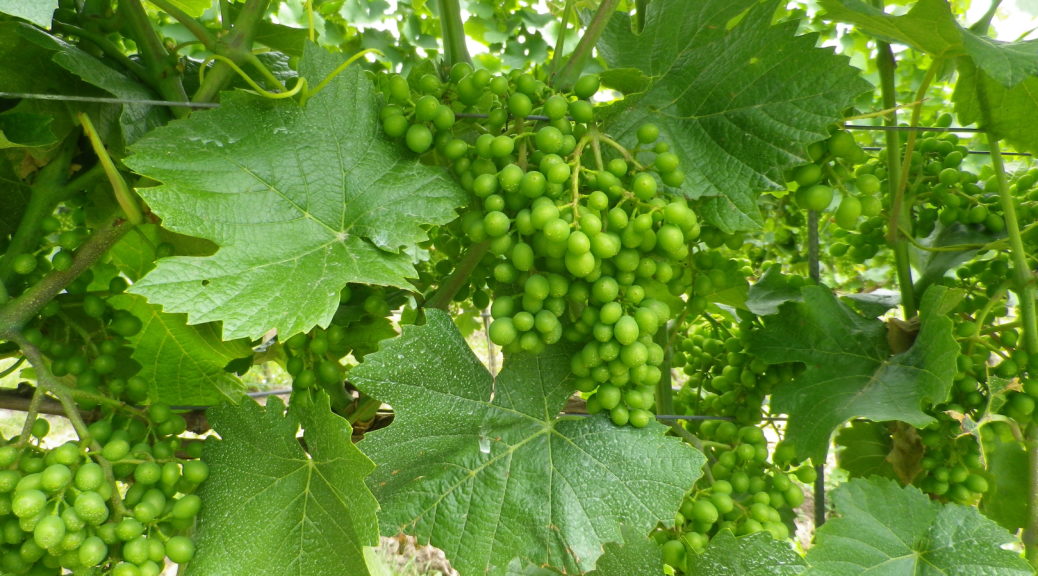What I Learned
Baden and Wuerttemberg were two different principalities, at one point in history. But in 1952, they joined to become one state in the Federal Republic of Germany. However, the wine regions of Baden and Wuerttemberg remain distinct. (There is no such thing as a Baden-Wuerttemberg wine region.) But in the northwest corner of the state, east of Karlsruhe, in a precinct named the Kraichgau, these two wine regions meet to form a complex mosaic of wine districts and noted growths.
In the Baden wine region, there is a Kraichgau wine district, (the towns of Sulzfeld and Kuernbach on the Besen Tour trail) lay claim to the well-known Grosslage Stiftsberg. This includes the named vineyards of Lerchenberg, Burg Ravensburger Husarenkappe, Burg Ravensburger Loechle and my favorite name Burg Ravensburger Dicker Franz. In the Wuerttemberg wine region, two distinct wine districts are Heuchelberg and Stromberg. (Confusingly, for enology students, there is a famous national park known as Stromberg-Heuchelberg.) On the Besen Tour Trail, Oberderdingen, Grossvillars and Sternenfels, all below to the Stromberg wine district. Leonbronn as well as part of Ochsenburg, just a ridgeline away, fall under the Heuchelberg wine district. The variety of growths, vineyards and wines in this corner of Baden-Wuerttemberg was great, providing a great diversity of wines to sample.
What I Tasted
Secco, Rose, QbA, trocken, Amthof 12 (Oberderdingen): A dry rose sparkling wine, fine perlage, with a dark salmon color; floral and talc (baby powder) nose, with slight wood and dried cherry flavors; smooth, with very mild tannins.
2017 Riesling, QbA, trocken, Weingut Kern (Oberderdingen): A dry white wine with dark minus gold color; a nose of citrus and peach, with peach and spice flavors; smooth, with medium acidity.
